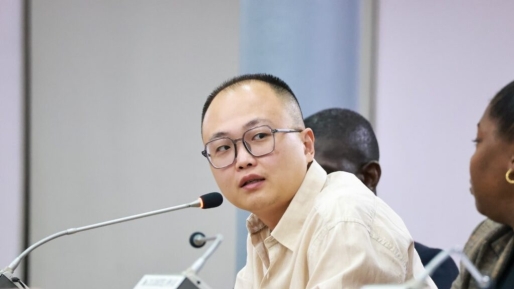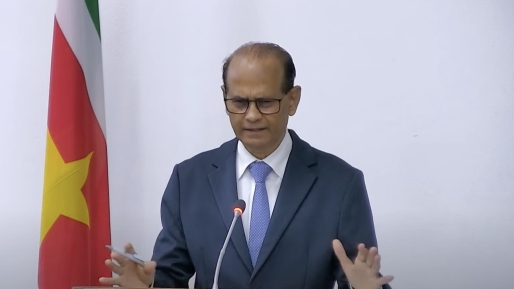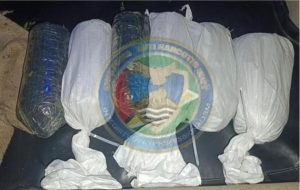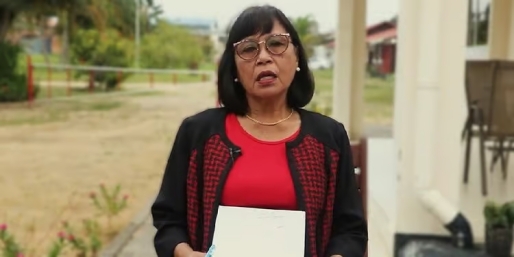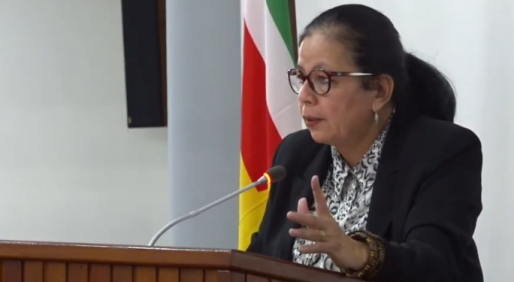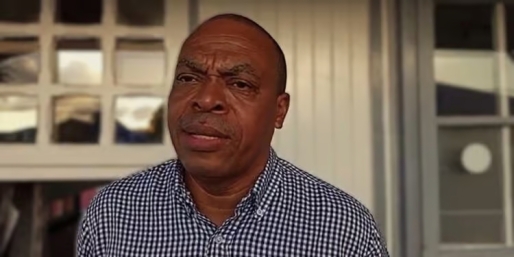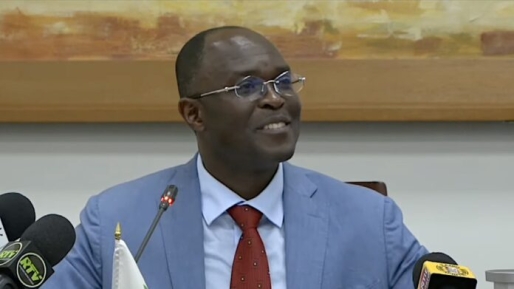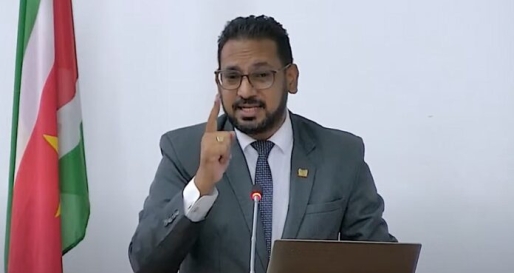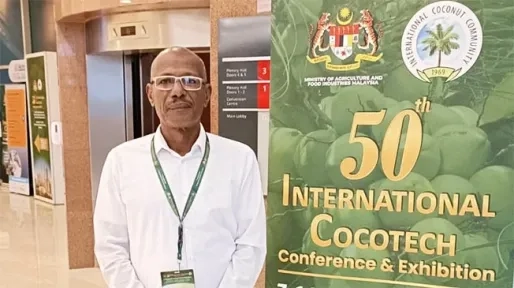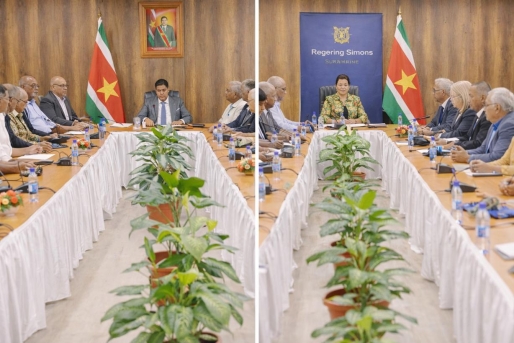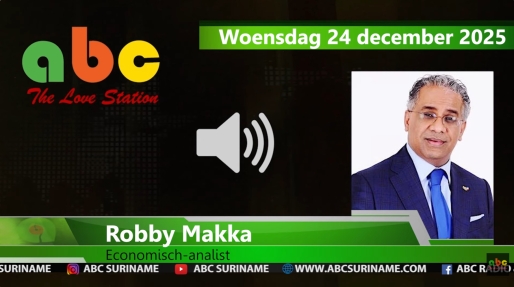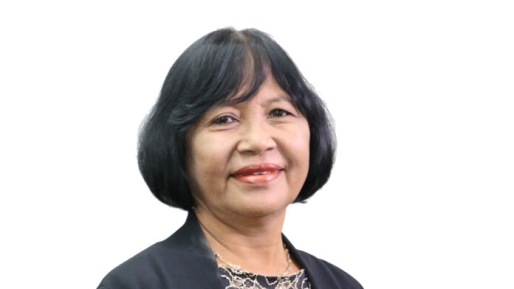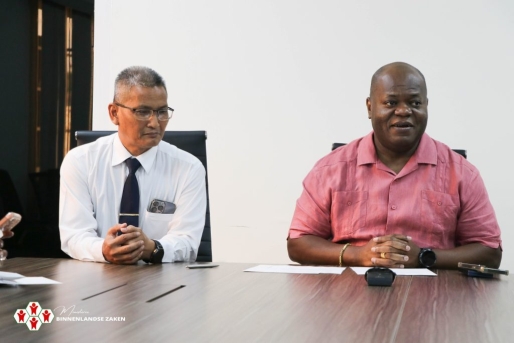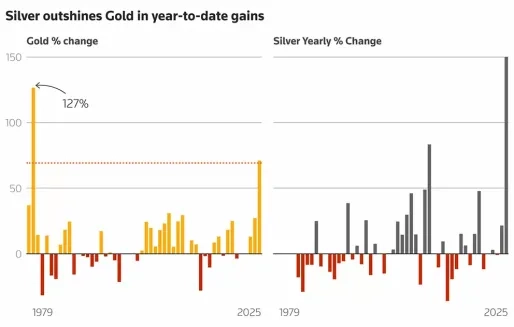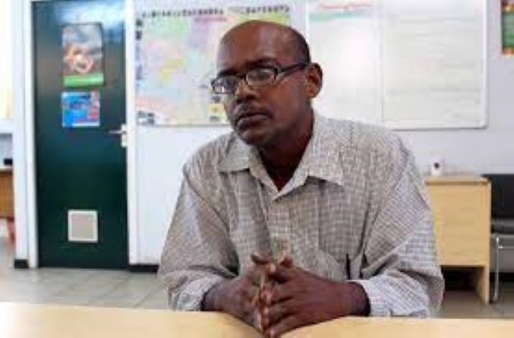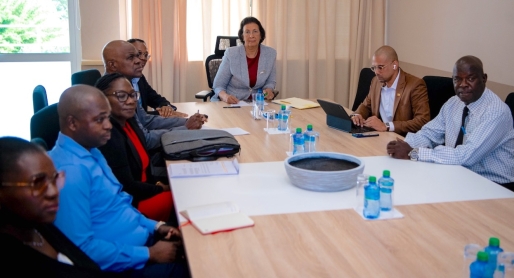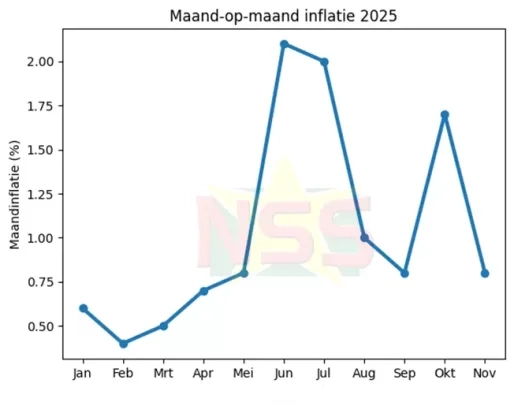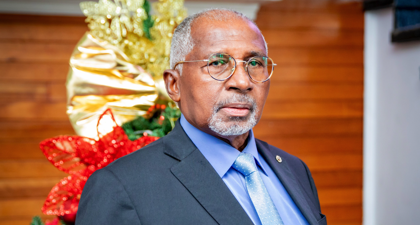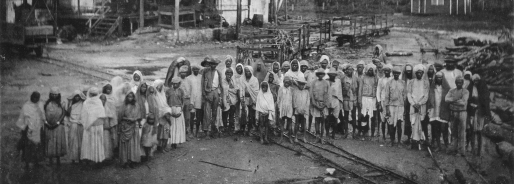
Girmityalogy and the Diasporic Psyche
| snc.com | Door: Redactie
Fragmented Lineages and Fractured Selves: The Psychosocial Consequences of Broken Family Bonds among the Descendants of Indian Indentured Labourers — and the Restorative Promise of Girmityalogy
Author:
Prof. Dr. Shardhanand Harinandan Singh
Photo:
Photograph of indentured Indian labourers at Spring Garden Buildings. Jamaica, 1880. Catalogue reference: CO 137/497/29 folio 519
Introduction
Following the abolition of slavery in the mid-19th century, a new chapter of global labour migration emerged: the system of indentured labour. Millions of Indian men, women, and children were transported under colonial contracts to far-flung places such as the Caribbean, Suriname, Fiji, South Africa, Mauritius, and Southeast Asia. While some returned after
Historical Displacement and Social Severance
The indentureship system caused more than just physical displacement; it inflicted structural and intergenerational trauma. Many labourers lost all contact with their families, cultures, languages, and even their surnames. Social scientists and clinical psychologists have identified this form of enforced estrangement as a significant cause of long-term identity disturbances, feelings of abandonment, and even mild to severe psychological distress among later generations (Lal, Brij V. Chalo Jahaji: On a Journey through Indenture
This sudden severing of intergenerational family bonds created what can now be termed a “transcultural rupture”—a condition of disorientation caused by the absence of rooted narratives. In various postcolonial communities, this has resulted in a noticeable increase in psychosocial challenges: identity confusion, institutional distrust, fragile self-perception, and unresolved grief (Bhugra, Dinesh. “Migration and Mental Health.” Acta Psychiatrica Scandinavica, vol. 109, no. 4, 2004, pp. 243–258).
Girmityalogy: A Scientific Field for Healing and Understanding
The recently established academic discipline of Girmityalogy, initiated by the author, presents a new interdisciplinary framework for exploring, documenting, and healing the collective trauma of the descendants of indentured labourers. Girmityalogy combines historical research, digital archiving, cultural psychology, and social pedagogy to reconstruct broken narratives and restore intergenerational identity.
The academic curricula (BA, MA, PhD) under development in Girmityalogy aim to integrate the following contributions:
- Social-pedagogical empowerment: Reconstructing family stories and cultural memory fosters narrative coherence, empathy, and collective pride among Girmitya youth.
- Psychosocial integration: Structured recognition of shared trauma offers space for communal mourning, intercultural dialogue, and identity healing.
- Personality development: Ancestral exploration nurtures resilience, cultural grounding, and self-confidence, especially for diasporic youth navigating multiple loyalties.
Reclaiming Memory, Resisting Erasure
Girmityalogy addresses both a scholarly and ethical imperative: to reclaim the erased or forgotten life stories of Girmitya communities. Reconstructing these narratives is a form of intellectual resistance against the colonial script of disposability, in which the Girmitya was seen as a nameless, voiceless labourer with no enduring legacy.
In today’s world—where racial inequalities, cultural alienation, and fragmented diasporic identities persist—the restoration of ancestral knowledge offers a dual function: a return to dignity and a platform for global solidarity. Participants in Girmityan archives, community research, and symposia often report a profound sense of transformation, heightened cultural self-awareness, and emotional connection after reconnecting with their lineage (Singh, Shardhanand Harinandan. Homogenization in Multiculturality, Mumbai: GGLASC Press, 2024, pp. 215–234).
Conclusion: An Academic Call to Action
The disconnection between indentured labourers and their descendants in India is more than a cultural rupture; it is a historical wound with psychosocial consequences that require both academic and community-based responses. Girmityalogy is not a nostalgic pursuit but a timely necessity.
As the initiator of this emerging field, I respectfully invite scholars, universities, and educators worldwide to take an active interest in the online academic training programme in Girmityalogy. This field offers not only historical restoration but also essential tools for psychological resilience, intercultural empathy, and social cohesion in our plural, postcolonial world.
Prof. Dr. Shardhanand Harinandan Singh
Founder, Girmityalogy Studies
Rotterdam, Netherlands / Madhubani, Bihar
July 2025
| snc.com | Door: Redactie







